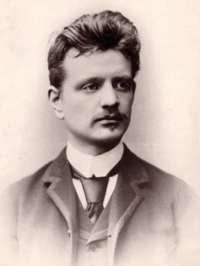
Today at ten to eleven I saw sixteen swans. One of my greatest experiences! Lord God, what beauty! They circled over me for a long time. Disappeared into the solar haze like a gleaming silver ribbon. Their call the same woodwind type as that of cranes, but without tremolo…
We can be sure, from this diary entry, of three things: of the three species of swans in Europe, Sibelius had seen the whooper swan, whose call he describes perfectly; that they were arriving from their migration, possibly from Britain, since the date, 21 April, is exactly right; and that Sibelius paid close, detailed attention to the sounds of nature.
The diary note goes on: ...a low-pitched refrain reminiscent of a small child crying. Nature mysticism and life’s angst! The Fifth Symphony’s finale-theme: legato in the trumpets!
It was 1915, and Sibelius had found the inspiration for what was to become one of the most celebrated features of his most popular symphony: the so-called swan theme. It appears in the third and final movement, and is hinted at elsewhere. This movement begins with a rapid melody in the strings, followed by a swaying, triple-time motif in the horns, the swan-theme, inspired by the sound of their calls, and the sight of those sixteen whoopers. This 'swan-call' motif is said to have been borrowed by several pop bands, as well as Leonard Bernstein for On the Town, and, borrowing from Bernstein, John Coltrane for A Love Supreme.
We can be sure, from this diary entry, of three things: of the three species of swans in Europe, Sibelius had seen the whooper swan, whose call he describes perfectly; that they were arriving from their migration, possibly from Britain, since the date, 21 April, is exactly right; and that Sibelius paid close, detailed attention to the sounds of nature.
The diary note goes on: ...a low-pitched refrain reminiscent of a small child crying. Nature mysticism and life’s angst! The Fifth Symphony’s finale-theme: legato in the trumpets!
It was 1915, and Sibelius had found the inspiration for what was to become one of the most celebrated features of his most popular symphony: the so-called swan theme. It appears in the third and final movement, and is hinted at elsewhere. This movement begins with a rapid melody in the strings, followed by a swaying, triple-time motif in the horns, the swan-theme, inspired by the sound of their calls, and the sight of those sixteen whoopers. This 'swan-call' motif is said to have been borrowed by several pop bands, as well as Leonard Bernstein for On the Town, and, borrowing from Bernstein, John Coltrane for A Love Supreme.
He scanned the skies with his binoculars...
Sibelius’s love of nature is well documented. The Finnish landscape often served as material for his music. When his publisher asked for a programme note for his last major work, Tapiola, he replied with a quatrain:
Across the landscape, the Northland's dusky forests,
Ancient, mysterious, brooding savage dreams;
Within them dwells the Forest's mighty God,
And wood-sprites in the gloom weave magic secrets.
His biographer, Erik Tawaststjerna, noted that "Even by Nordic standards, Sibelius responded with exceptional intensity to the moods of nature and the changes in the seasons: he scanned the skies with his binoculars for the geese flying over the lake ice, listened to the screech of the cranes, and heard the cries of the curlew echo over the marshy grounds just below Ainola. He savoured the spring blossoms every bit as much as he did autumnal scents and colours”
Tawaststjerna also related an anecdote regarding Sibelius' death: [He] was returning from his customary morning walk. Exhilarated, he told his wife Aino that he had seen a flock of cranes approaching. "There they come, the birds of my youth," he exclaimed. Suddenly, one of the birds broke away from the formation and circled once above Ainola. It then rejoined the flock to continue its journey”. Two days later, in September 1957, Sibelius died aged 91.
Across the landscape, the Northland's dusky forests,
Ancient, mysterious, brooding savage dreams;
Within them dwells the Forest's mighty God,
And wood-sprites in the gloom weave magic secrets.
His biographer, Erik Tawaststjerna, noted that "Even by Nordic standards, Sibelius responded with exceptional intensity to the moods of nature and the changes in the seasons: he scanned the skies with his binoculars for the geese flying over the lake ice, listened to the screech of the cranes, and heard the cries of the curlew echo over the marshy grounds just below Ainola. He savoured the spring blossoms every bit as much as he did autumnal scents and colours”
Tawaststjerna also related an anecdote regarding Sibelius' death: [He] was returning from his customary morning walk. Exhilarated, he told his wife Aino that he had seen a flock of cranes approaching. "There they come, the birds of my youth," he exclaimed. Suddenly, one of the birds broke away from the formation and circled once above Ainola. It then rejoined the flock to continue its journey”. Two days later, in September 1957, Sibelius died aged 91.
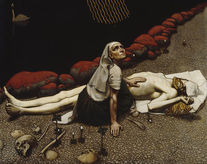
The Proms programme on Tuesday 12 August includes not only the Fifth Symphony, but his equally well-loved Swan of Tuonela.
For this piece, Sibelius chooses the cor Anglais for an unending, unrepeating melodic line that depicts the graceful course of a swan’s journey as it swims round Tuonela, the island of the dead. Although the work’s programme is mythological rather than natural – it is about the mythical Lemminkäinen who is tasked with killing the sacred swan – it remains one of the best examples of Sibelius faithfully depicting the grace and beauty of nature.
For this piece, Sibelius chooses the cor Anglais for an unending, unrepeating melodic line that depicts the graceful course of a swan’s journey as it swims round Tuonela, the island of the dead. Although the work’s programme is mythological rather than natural – it is about the mythical Lemminkäinen who is tasked with killing the sacred swan – it remains one of the best examples of Sibelius faithfully depicting the grace and beauty of nature.
12 August 2014 on BBC Radio 3 broadcast live from the Royal Albert Hall, London
The BBC National Orchestra of Wales and Thomas Søndergård
Sir Peter Maxwell Davies: Caroline Mathilde - suite from Act 2
Walton: Violin Concerto
Sibelius: The Swan of Tuonela
Sibelius: Symphony No. 5 in E flat major
Available on BBC iPlayer for 30 days afterwards
The BBC National Orchestra of Wales and Thomas Søndergård
Sir Peter Maxwell Davies: Caroline Mathilde - suite from Act 2
Walton: Violin Concerto
Sibelius: The Swan of Tuonela
Sibelius: Symphony No. 5 in E flat major
Available on BBC iPlayer for 30 days afterwards
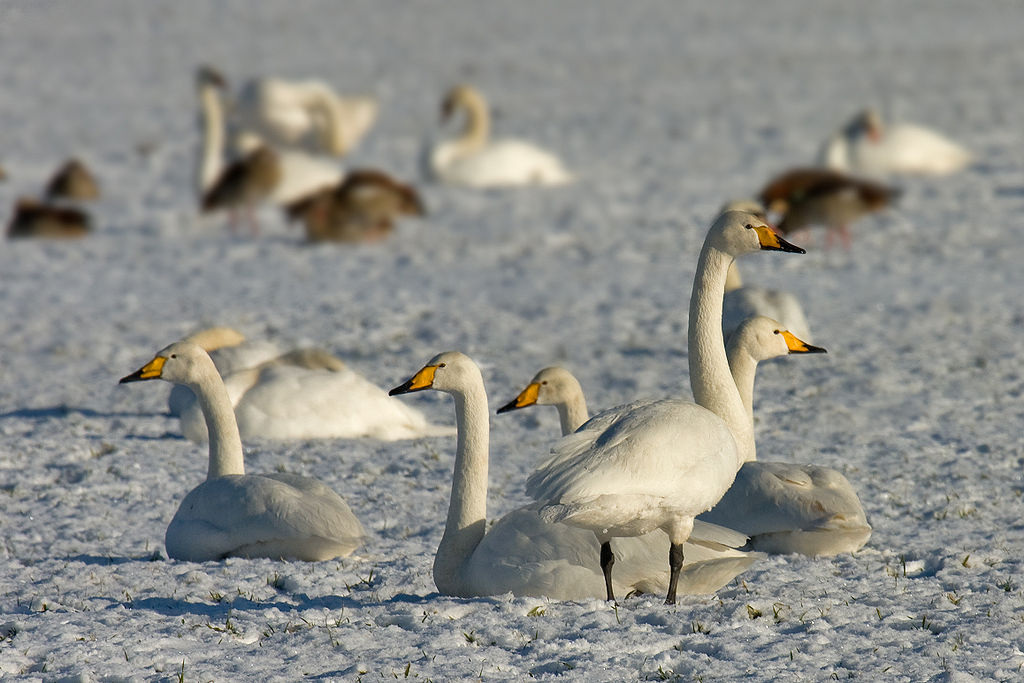
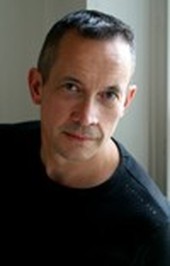
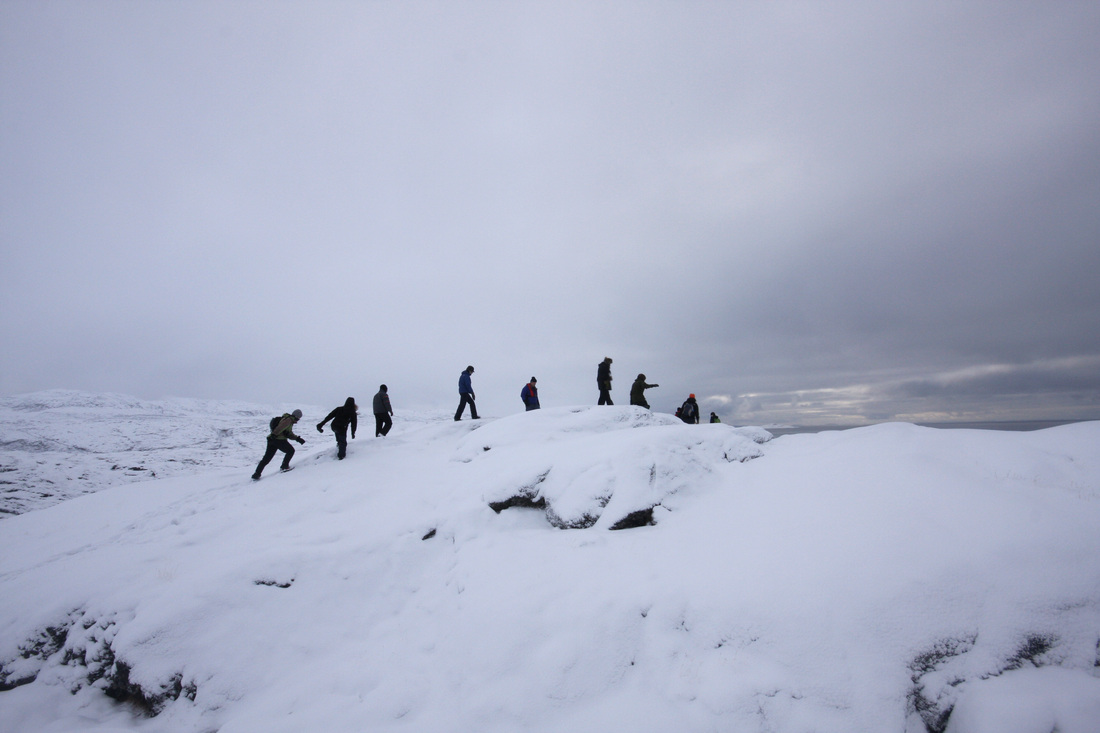
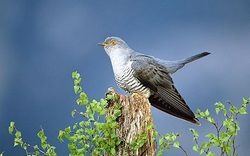
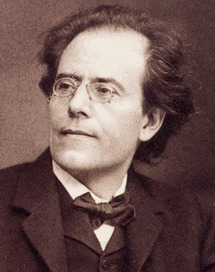
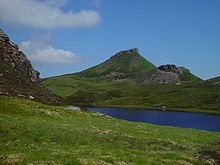
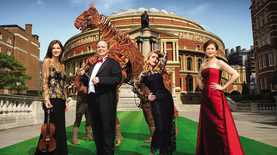
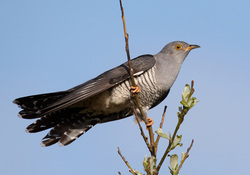
 RSS Feed
RSS Feed
